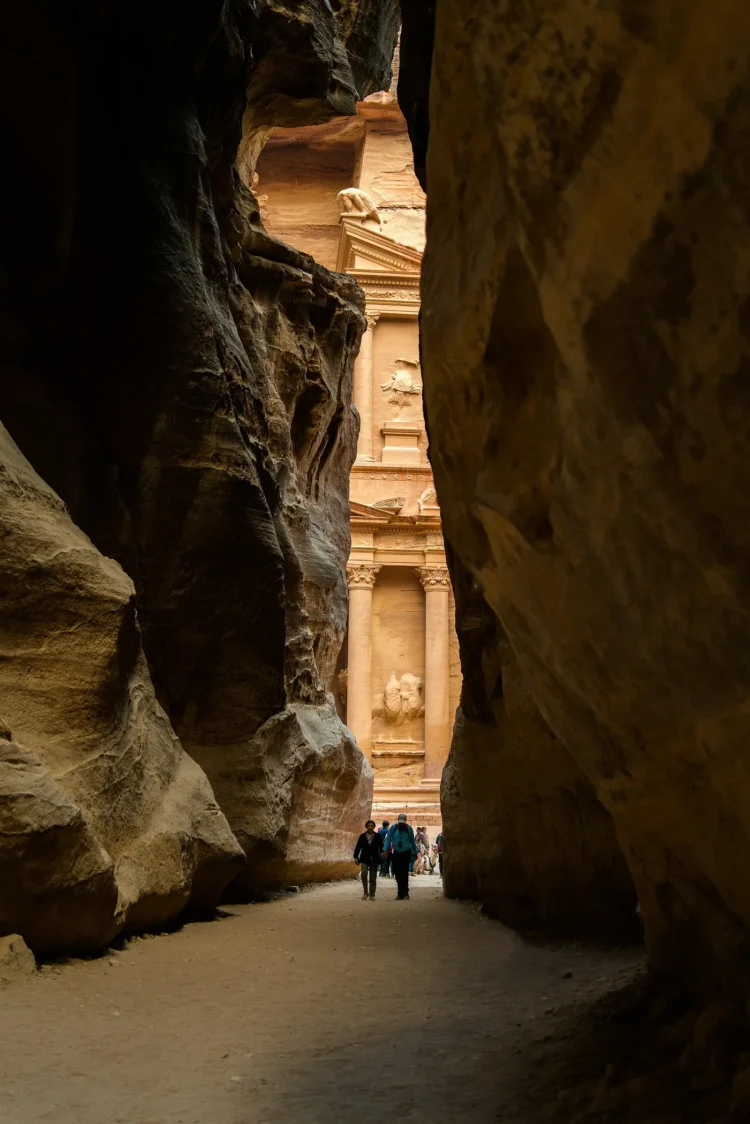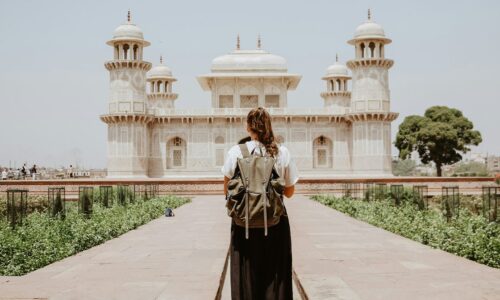Ever wanted to ditch WiFi, escape the doom scroll, and disappear into a place where even Google Maps throws in the towel? Welcome to the world of Lost Cities — once-thriving hubs of civilization now reduced to Instagrammable ruins. But here’s the kicker: their modern-day counterparts are thriving in the form of off-the-grid eco-tourism hubs, perfect for those who want to unplug, unwind, and possibly run into an enthusiastic archaeologist.
The Lost Cities That Once Ruled the World (And Why They Ghosted Us)
1. Machu Picchu (Peru) vs. Eco-Lodges in the Sacred Valley
Machu Picchu, the OG of lost cities, was abandoned in the 16th century for reasons still debated — Spanish conquistadors? Llama traffic? Who knows. But its modern counterpart, the Sacred Valley, offers sustainable stays that let you live like an Incan emperor — minus the human sacrifices. Brands like Inkaterra Hotels create luxurious eco-lodges blending ancient architecture with solar power and llama-friendly landscaping.
Want to take it up a notch? The Sacred Valley isn’t just about Machu Picchu. You can visit the lesser-known ruins of Pisac or Ollantaytambo and still get the mystical mountain vibes without the crowds. For an immersive experience, check out Mountain Lodges of Peru, which combines trekking with boutique lodge stays along ancient Incan trails.
2. Pompeii (Italy) vs. Matera’s Cave Hotels
Pompeii is the ultimate “hit pause” moment — frozen in time by Mount Vesuvius in 79 AD. If you want that ancient-city vibe without the whole “engulfed in volcanic ash” scenario, head to Matera. Its cave hotels, like Sextantio Le Grotte della Civita, turn prehistoric rock dwellings into boutique luxury stays (no molten lava included).
But Matera is more than just a cool place to sleep — it’s an entire city carved into limestone, brimming with history, art, and delicious southern Italian food. Take a walking tour to discover hidden chapels, underground tunnels, and ancient cisterns that once supplied water to the entire city.
3. Angkor (Cambodia) vs. Koh Ker’s Jungle Retreats
Angkor Wat is stunning, but its long-lost neighbor, Koh Ker, is where true adventure awaits. Once the Khmer Empire’s capital, this site is now an archaeologist’s playground. Eco-tourism brands like Cardamom Tented Camp offer jungle lodges, ensuring you can explore ancient temples without being elbowed by a thousand tourists.
For a full off-grid experience, consider Shinta Mani Wild, a luxury tented camp in Cambodia that combines conservation with adventure. It offers waterfall ziplining, guided jungle treks, and close encounters with wildlife — all while supporting local environmental efforts.
4. Petra (Jordan) vs. Wadi Rum’s Desert Camps
Petra — literally carved out of rock — is a jaw-dropper. But if you want the Nabatean experience without the crowds, head to Wadi Rum. Here, Bedouin-run eco-camps like Memories Aicha Luxury Camp let you sleep under the same stars ancient traders did (only now with better mattresses and zero Roman invasions).
For the more adventurous traveler, Wadi Rum also offers rock climbing, dune bashing, and camel trekking. Try staying at RumSky Stargazing Camp, where you can combine astronomy, desert adventure, and authentic Bedouin hospitality.
5. Atlantis (???) vs. Overwater Bungalows in the Maldives
We’re not saying Atlantis existed (but if you’ve got a lead, let us know). However, if you’re into lost underwater civilizations, check out the Maldives’ floating resorts. Brands like Soneva Fushi specialize in sustainable overwater villas, perfect for channeling your inner mermaid — or Aquaman.
If you want to take the underwater fantasy even further, visit The Manta Resort in Zanzibar, which features an actual floating underwater room, letting you sleep surrounded by marine life.
6. Cahokia (USA) vs. Native American Cultural Centers
Most people don’t realize that the largest pre-Columbian city north of Mexico was right in the middle of the U.S. Cahokia, located in present-day Illinois, was home to over 20,000 people in the 12th century. Today, you can visit the Cahokia Mounds, but if you want a deeper cultural experience, check out Native American-run tourism experiences across the country.
For example, Taos Pueblo in New Mexico is a living Native American community and UNESCO World Heritage site where you can learn about traditional adobe architecture, indigenous crafts, and local history.
7. Great Zimbabwe (Zimbabwe) vs. Matobo Hills Safari Lodges
The massive stone ruins of Great Zimbabwe are all that’s left of a powerful medieval African kingdom. If you want to explore this region while enjoying a sustainable stay, try Amalinda Lodge in Matobo Hills. This eco-lodge offers a mix of history, adventure, and conservation efforts to protect local wildlife.
Matobo Hills is also home to ancient rock art and one of the last strongholds of white and black rhinos in Africa. A guided safari here feels like stepping into both natural and human history.
Lost Cities Are Cool, But What’s the Lesson Here?
- Civilizations disappear (sometimes dramatically). What remains? Culture, ruins, and a really good excuse for a plane ticket.
- Eco-tourism is the future — these lost cities inspire modern destinations that focus on sustainability and cultural preservation.
- You can still explore history without destroying it — thanks to brands promoting conscious travel.
Travel Smart, Travel Sustainable
If you’re itching to pack your bags for an off-the-grid adventure, consider supporting heritage and eco-tourism brands that ensure future generations can still enjoy these places. Whether it’s trekking through jungle ruins or sleeping in a prehistoric cave suite, history and adventure have never looked this good.
lost cities, modern-day counterparts, eco-tourism, heritage travel, off-the-grid destinations, sustainable travel, ancient ruins, historic communities, travel adventure, eco-lodges, archaeological tourism, hidden gems, cultural travel




